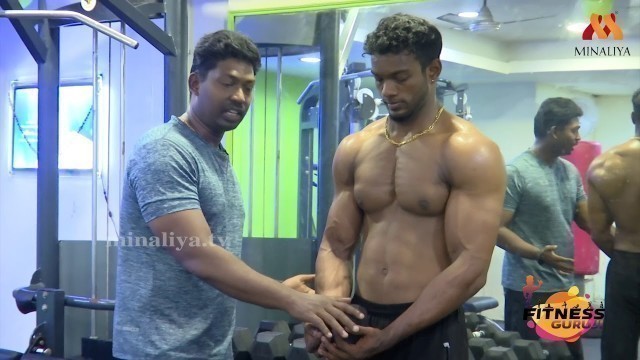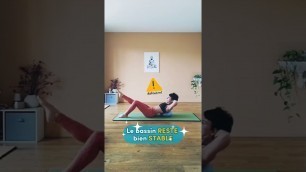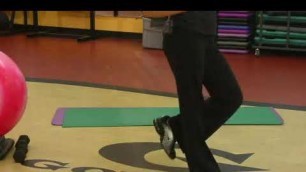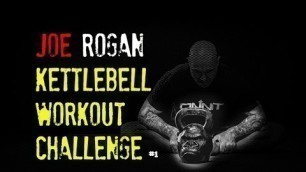

'We all have body parts and specific muscle groups we want to improve, but complaining about them doesn\'t solve the problem. If you really want to transform a weakness into a strength, you need a smart strategy that effectively targets the muscle you want to mold. This is especially true for your biceps peak. To build a towering biceps peak, you need to divide and conquer: \"divide\" in the sense that your biceps have two heads, and the long (outer) head is the one you see knotted up when you flex your arm, forming the peak; and \"conquer,\" as in finding ways to directly target that particular head with exercises, subtle changes in hand position, and post-failure intensity boosters that initiate growth processes. It\'s worth noting that, anatomically, the long head is emphasized over the short head when you take a closer grip on a barbell, and when it gets a better stretch, as when doing incline-bench dumbbell curls. On the incline bench, your upper arms are behind the plane of your body, enabling the long head to be fully stretched. (A muscle is capable of a stronger contraction when it\'s completely stretched first.) If, like me, you weren\'t in the front of the genetic line for big, peaked arms, it\'s time for you to give these seven peak-building strategies a try. Incorporate as many of them as you can into your current routine. If you have other ideas, please include them in the comments section at the conclusion of the article. What\'s the best way to ensure you have a great workout? By making sure you\'re well-rested beforehand, have plenty of fuel in your tank, and are mentally fresh to push yourself. More often than not, that\'s after a day away from the gym—at least one in which you took the day to actually recover instead of spending the wee hours in some club. If your biceps are your top priority, do them first after a rest day. Because it\'s a short workout—usually 30 minutes, tops—it isn\'t too difficult to maintain high-octane intensity over the course of your workout. And if you train biceps with triceps, consider even hitting your biceps first since they\'re your main target. Rest also means giving your arm flexors at least 48 hours between workouts. Follow a training split in which you space your back workout either two days before or two days after your arm day. Working your biceps on Mondays and back on Tuesdays provides inadequate recovery time and can hinder overall arm gains. Whatever split you follow, just use rest days judiciously and be cautious when planning your back attack. 2 Train Your Biceps Twice Over The Course Of Your Split While you don\'t want to train your biceps on consecutive days, there\'s no reason you can\'t do them twice over the course of your training split. This strategy works especially well if you follow a longer split, say 5-6 days. Given that the biceps are a relatively small muscle group that recovers faster than larger body parts like legs or back, you can train them more frequently, at least in the short-term. Every third or fourth day works fine, so long as you don\'t train them immediately before or after a back day.'
Tags: fitness , gym , exercise , diet , bodybuilding , personal trainer , muscle , arms , biceps , Athlean X , training , bicep workout , bigger arms , bicep curls , bicep peak , ripped , Bodybuilder , classic physique , weight training , Arm , bicep , cable curls , hammer curls , drag curls , Biceps peak , spider curls , how to get bicep peak , how to get biceps peaks , exercises for biceps peaks , exercises for bicep peaks , incline dumbbell curls , weak point training , peak biceps , Minaliya tv , off the knee curls
See also:

















comments